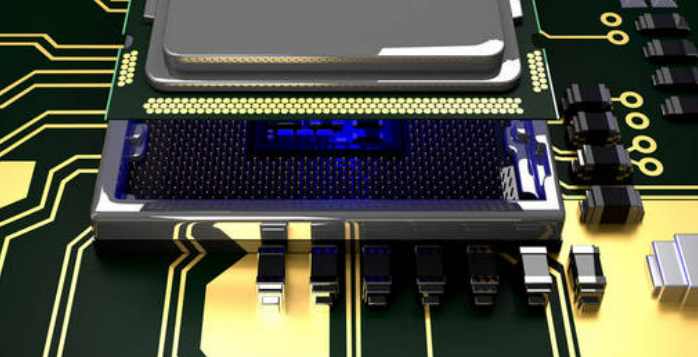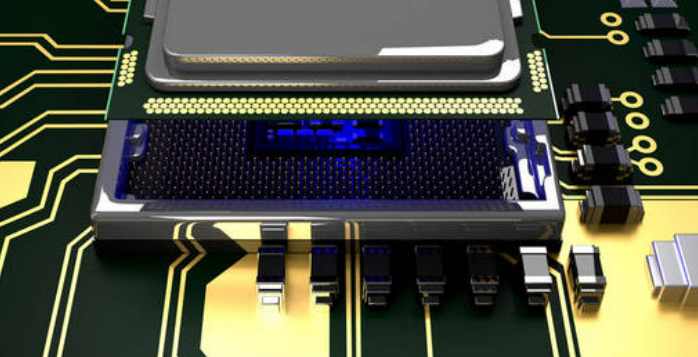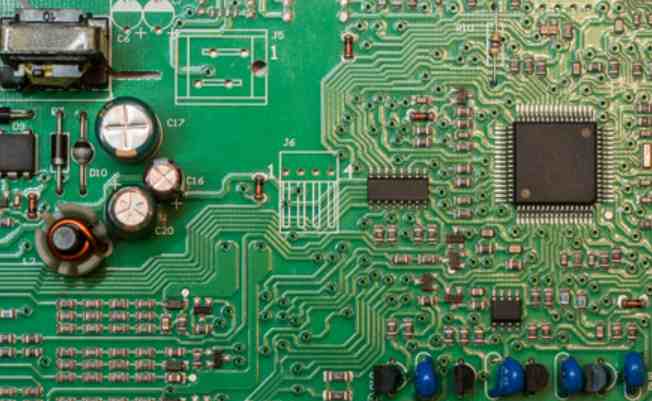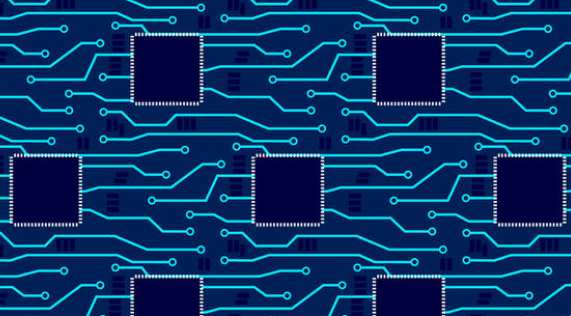
With the development of communication technology, handheld radio frequency circuit technology is used more and more widely, such as: wireless pagers, mobile phones, wireless PDA, which the performance index of radio frequency circuit directly affects the quality of the whole product. One of the biggest features of these handheld products is miniaturization, and miniaturization means that the density of components is very high, which makes the mutual interference of components (including SMD, SMC, bare chip, etc.) very prominent. If the electromagnetic interference signal is not handled properly, it may cause the whole circuit system can not work normally.
Therefore, how to prevent and suppress the electromagnetic interference, improve the electromagnetic compatibility, has become a very important topic in the design of RF circuit PCB. The same circuit, different PCB design structure, its performance indicators will be very different. This paper discusses the use of Protel99 SE software for handheld products RF circuit PCB design, if the maximum realization of circuit performance indicators, in order to achieve electromagnetic compatibility requirements.
1. Selection of plate
Printed circuit board substrates include organic and inorganic two categories. The most important properties in the substrate are the dielectric constant εr, the dissipation factor (or dielectric loss) tanδ, the thermal expansion coefficient CET, and the moisture absorption rate. εr affects circuit impedance and signal transmission rate. For high frequency circuit, dielectric constant tolerance is the more critical factor to consider first, should choose the substrate with small dielectric constant tolerance.
2 PCB design process
Since the application of Protel99 SE software is different from Protel 98 software, the process of PCB design with Protel99 SE software is discussed briefly.
① Since Protel99 SE adopts PROJECT database mode management, which is implicit under Windows 99, a database file should be set up to manage the designed circuit schematic and PCB layout.
② Schematic design. In order to realize network connection, all the components used must exist in the component library between the principle design; otherwise, the required components should be made in SCHLIB and stored in the library file. Then, you simply call the required components from the component library and connect them according to the designed circuit diagram.

③ After the schematic design is completed, a network table can be formed for use in PCB design.
(4) PCB design
A.determine the shape and size of CB. According to the design of the PCB in the product location, space size, shape and other components to determine the shape and size of the PCB. Draw the outline of the PCB with the PLACE TRACK command on the MECHANICAL LAYER. b. According to SMT requirements, make positioning holes, eyes and reference points on PCB. c. Production of components. If you need to use some special components that do not exist in the component library, you need to make the components before the layout. The process of making components in Protel99 SE is relatively simple. Select the "MAKE LIBRARY" command in the "DESIGN" menu to enter the COMPONENT making window, and then select the "NEW COMPONENT" command in the "TOOL" menu to design components. At this time, according to the shape and size of the actual components, you only need to draw the corresponding PAD at a certain position and edit it into the required pad (including the shape, size, inner diameter and Angle of the pad, in addition, the corresponding pin name of the pad should be marked) at the TOP LAYER. Then use the PLACE TRACK command to draw the maximum shape of the component in the TOP OVERLAYER, and take a component name and store it in the component library. d. After the components are manufactured, layout and wiring are carried out, which are discussed in detail below. e. The above procedures must be checked after completion. On the one hand, the circuit principle must be checked, and on the other hand, the matching and assembly problems must be checked. The circuit principle can be checked manually or automatically by network (the network formed by schematic diagram can be compared with the network formed by PCB). f. Save and output the file after checking the information. In Protel99 SE, you must use the "EXPORT" command in the "FILE" option to save the file to the specified path and file (the "IMPORT" command is to import a file to Protel99 SE). Note: In Protel99 SE "SAVE COPY AS..." in the "FILE" option After the command is executed, the selected file name is not visible in Windows 98, so it is not visible in the Explorer. This is similar to "SAVE AS..." in Protel 98. It doesn't function exactly the same.
Because SMT generally adopts infrared furnace heat flow welding to realize the welding of components, the layout of components affects the quality of solder joints, and then affects the yield of products. For RF circuit PCB design, electromagnetic compatibility requires that each circuit module does not produce electromagnetic radiation as far as possible, and has a certain ability to resist electromagnetic interference. Therefore, the layout of components also directly affects the interference and anti-interference ability of the circuit itself, which is also directly related to the performance of the designed circuit. Therefore, in the design of RF circuit PCB, in addition to considering the layout of ordinary PCB design, it is also necessary to consider how to reduce the mutual interference between each part of the RF circuit, how to reduce the interference of the circuit itself to other circuits and the anti-interference ability of the circuit itself. According to experience, the effect of RF circuit not only depends on the performance of the RF circuit board itself, but also depends on the interaction with the CPU processing board. Therefore, in the design of PCB, reasonable layout is particularly important.
General principle of layout: Components should be arranged in the same direction as far as possible, by choosing the direction of PCB into the molten tin system to reduce or even avoid the phenomenon of poor welding; According to experience, the spacing between components should be at least 0.5mm to meet the solder melting requirements of components. If the space of PCB board allows, the spacing between components should be as wide as possible. For dual panels, one side should be designed for SMD and SMC components, and the other side for discrete components.






